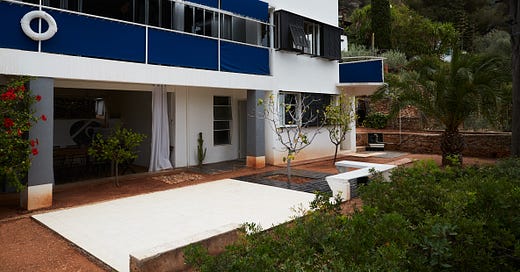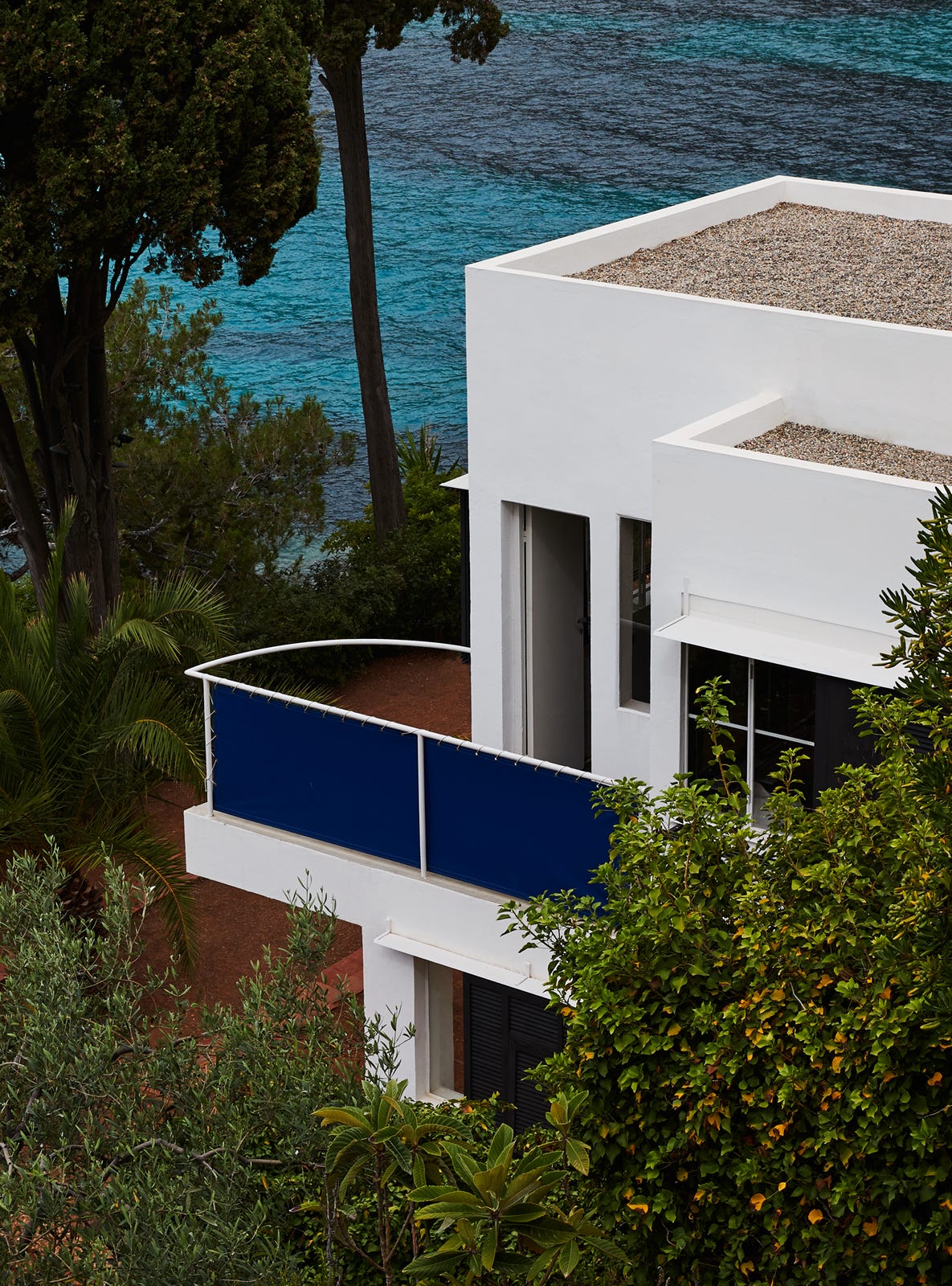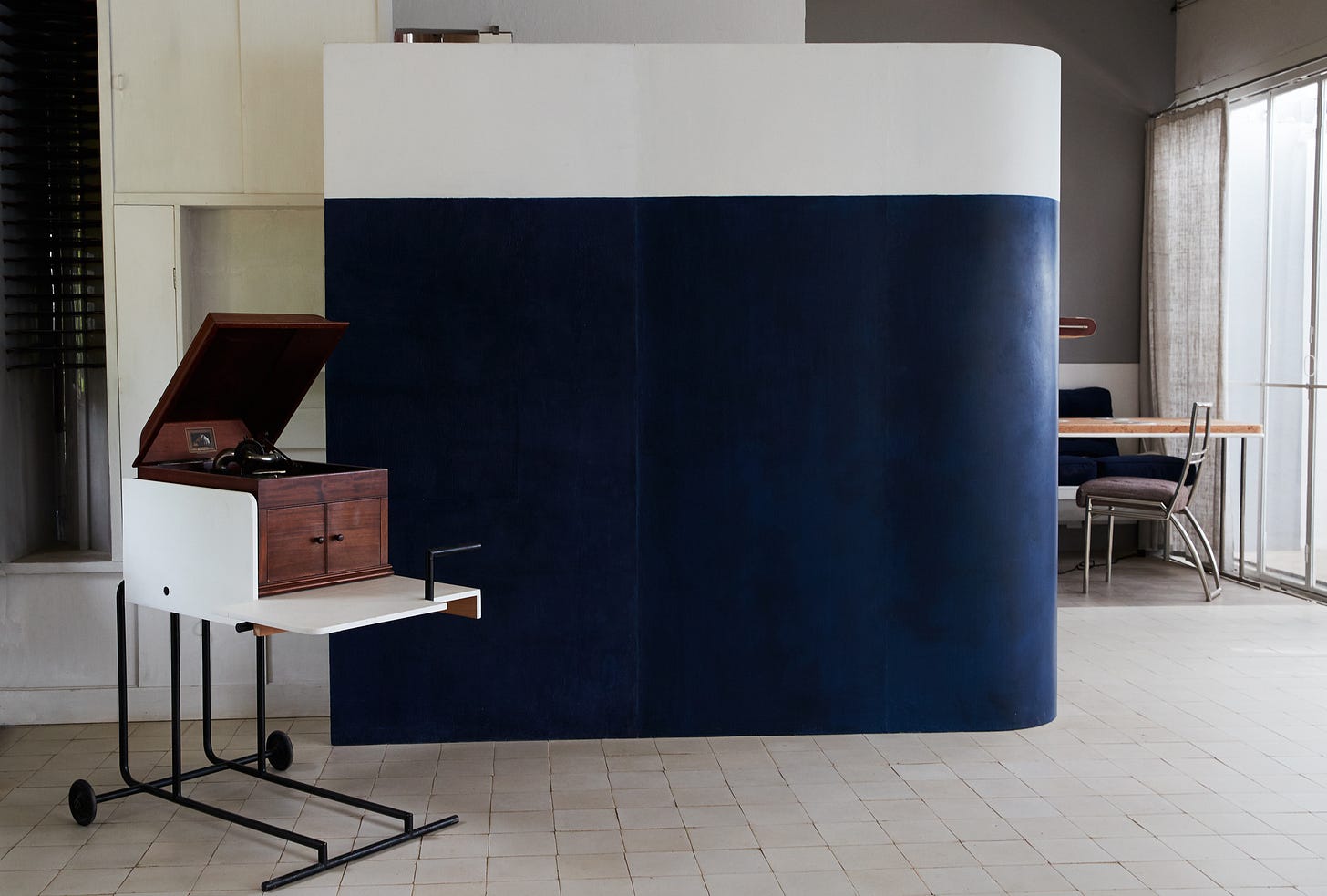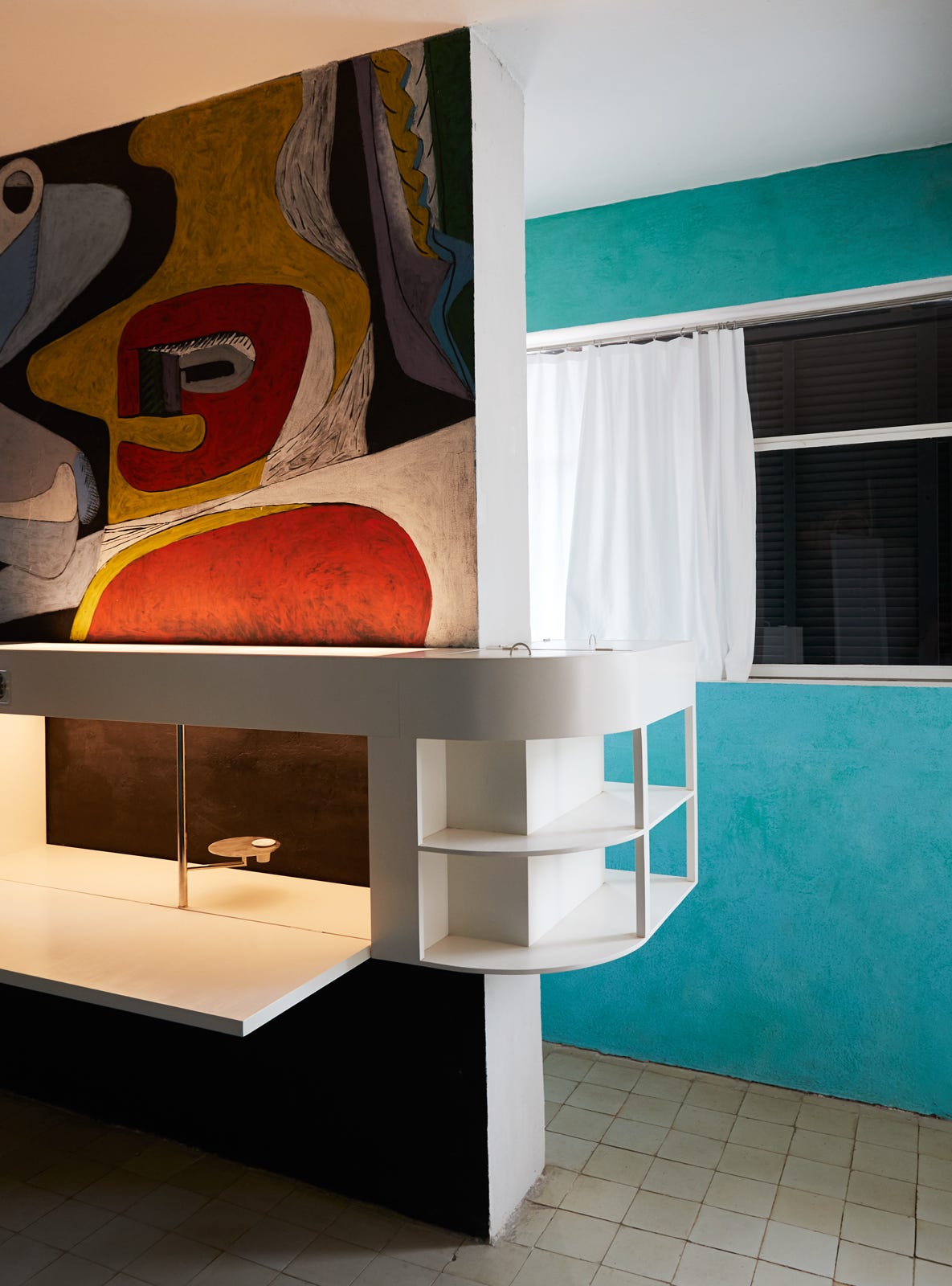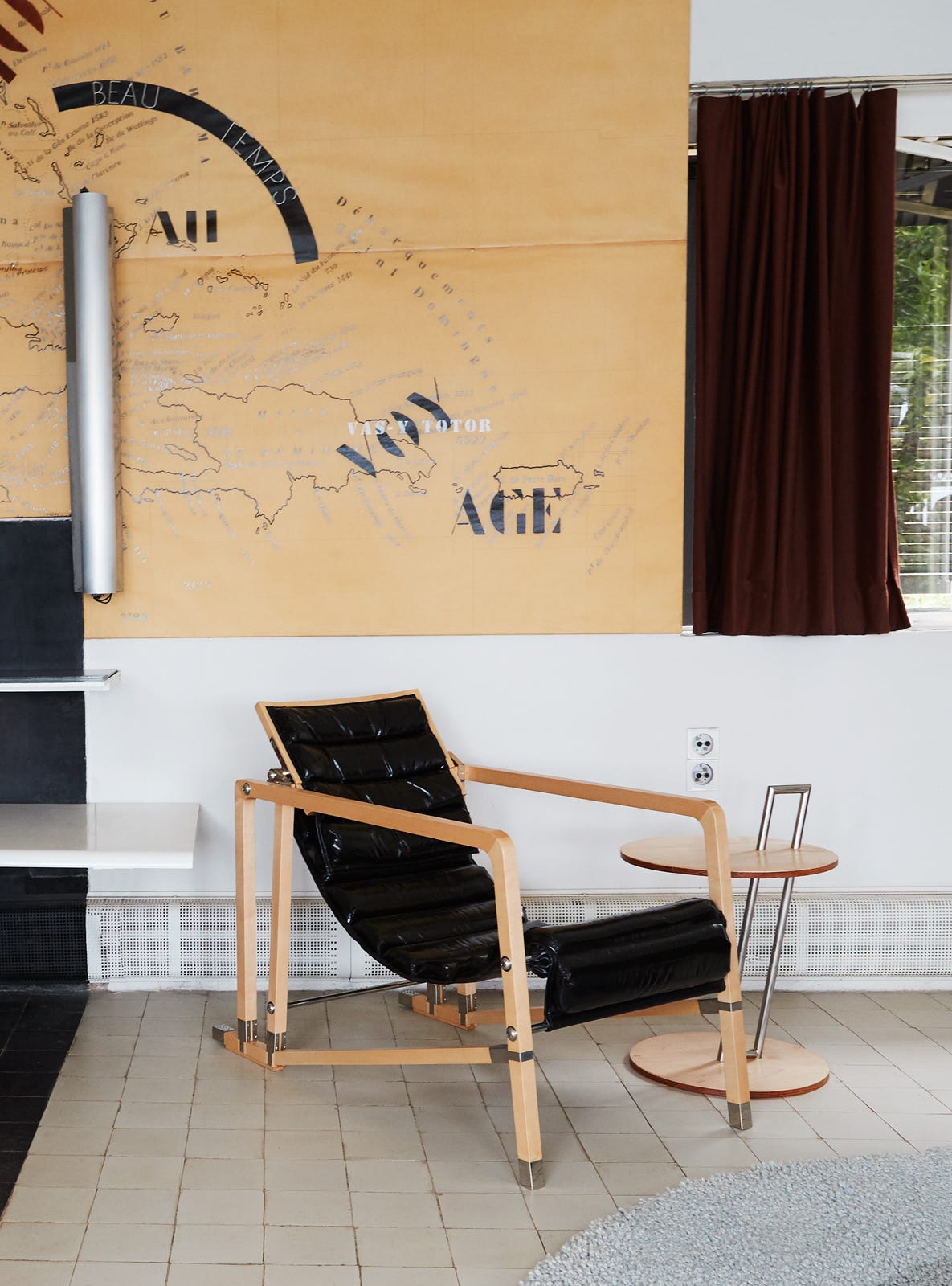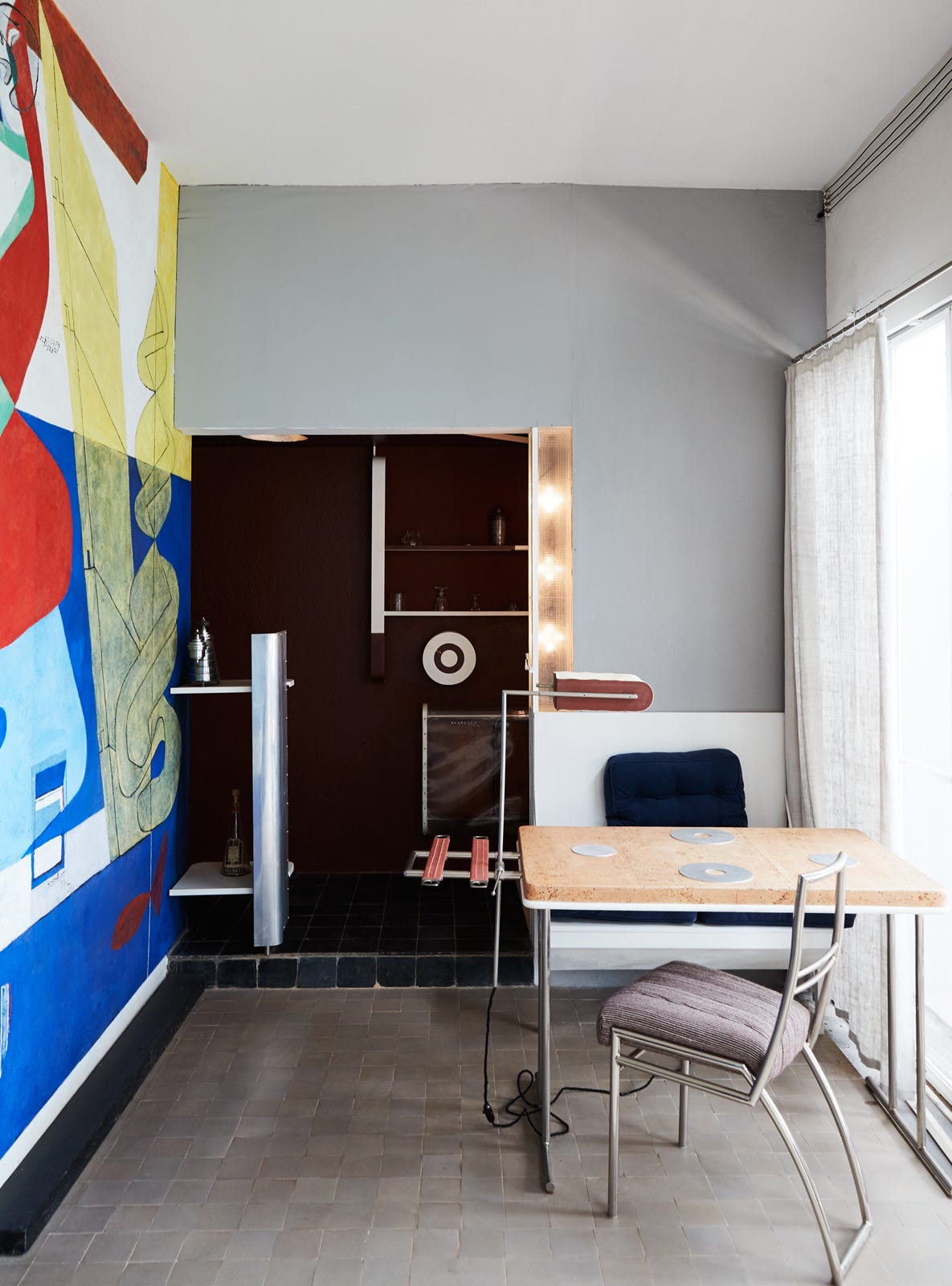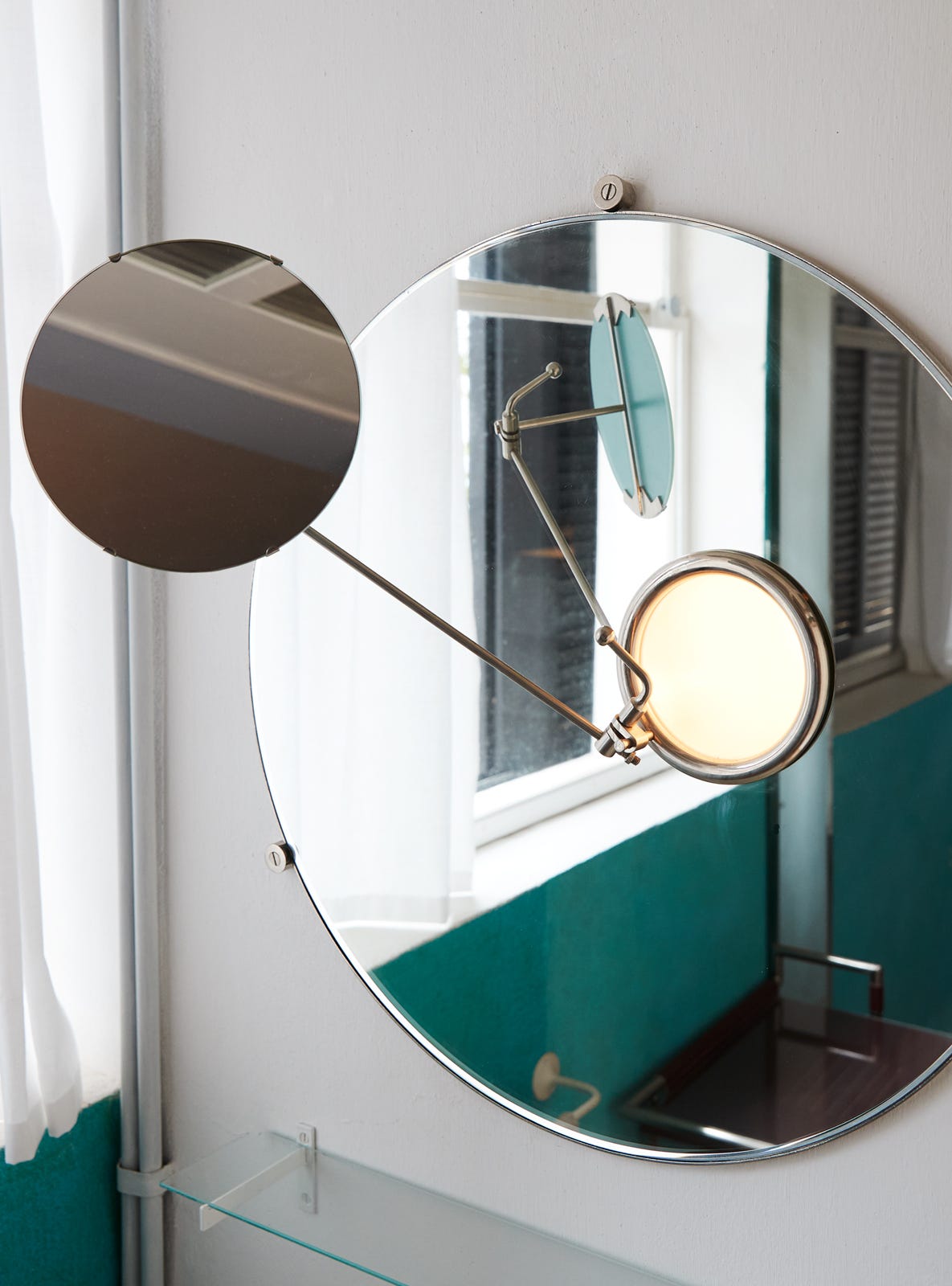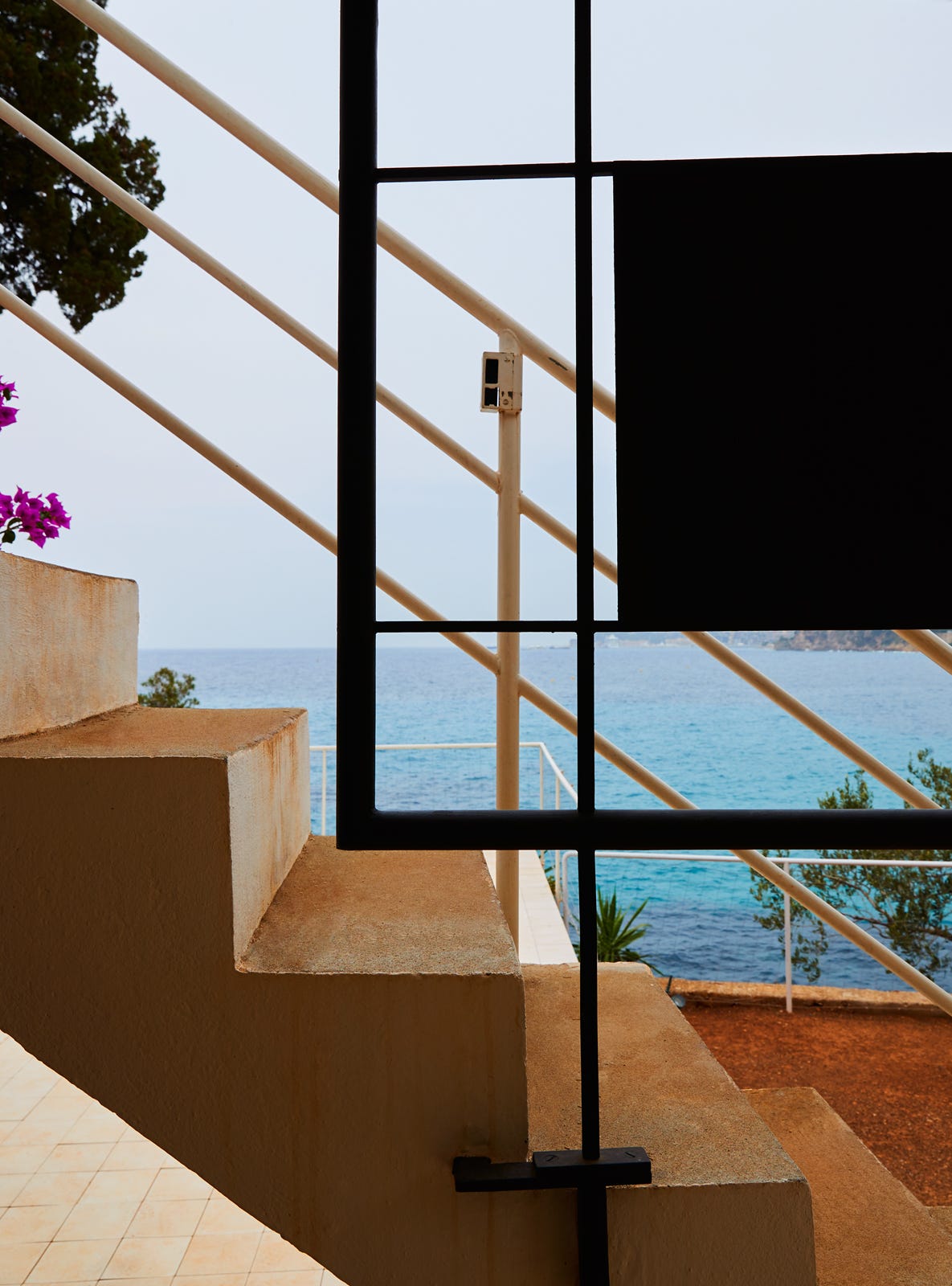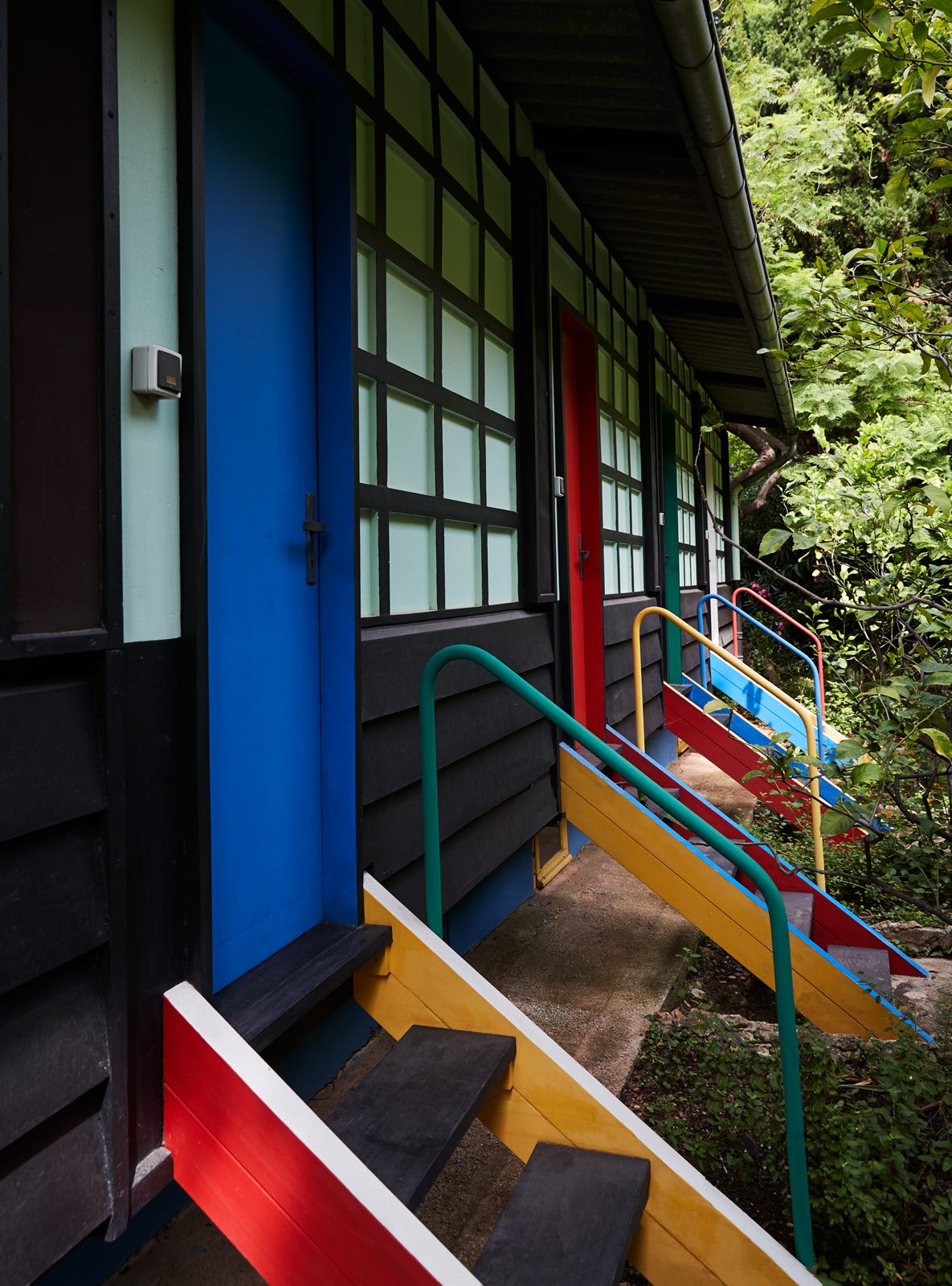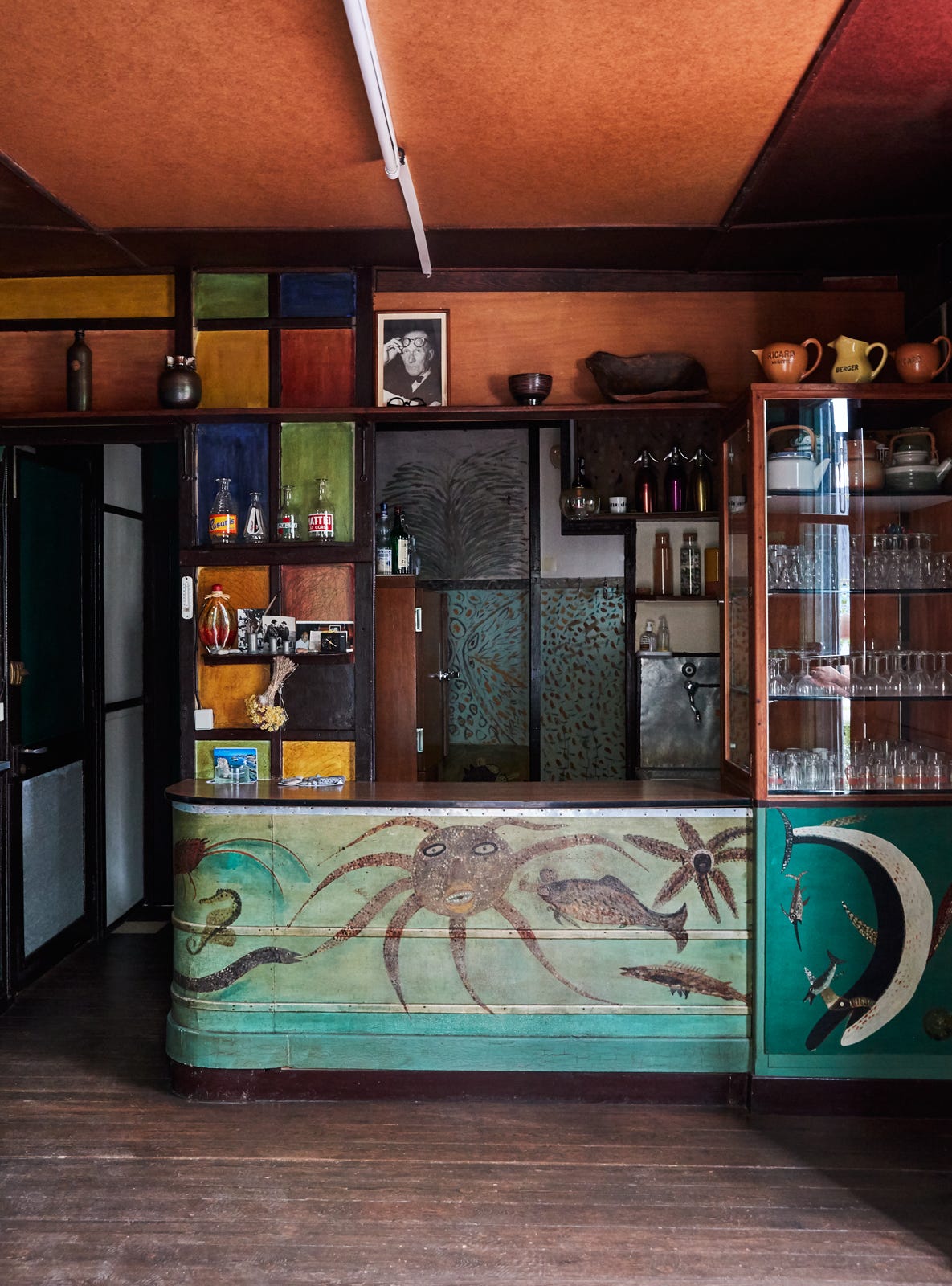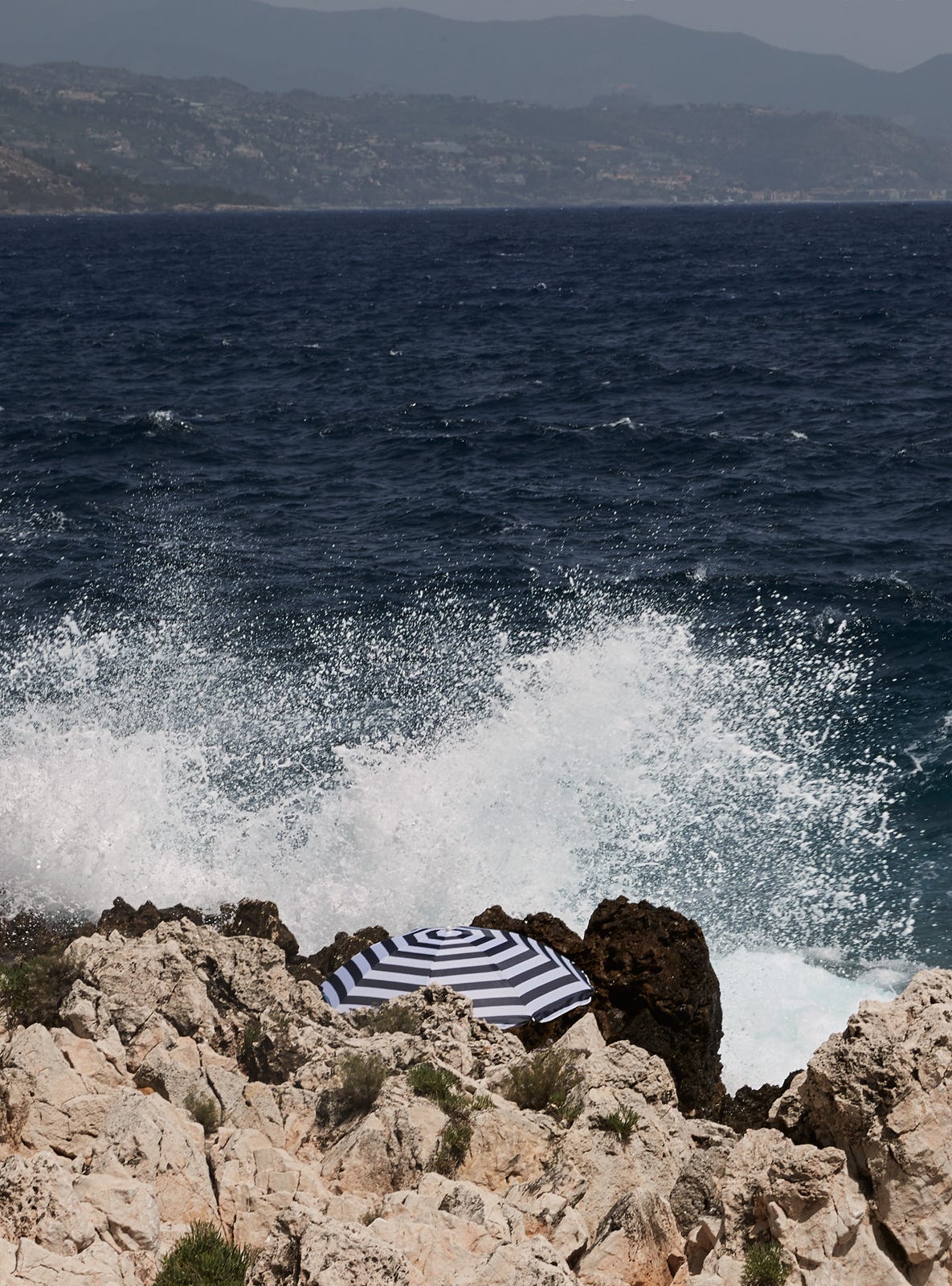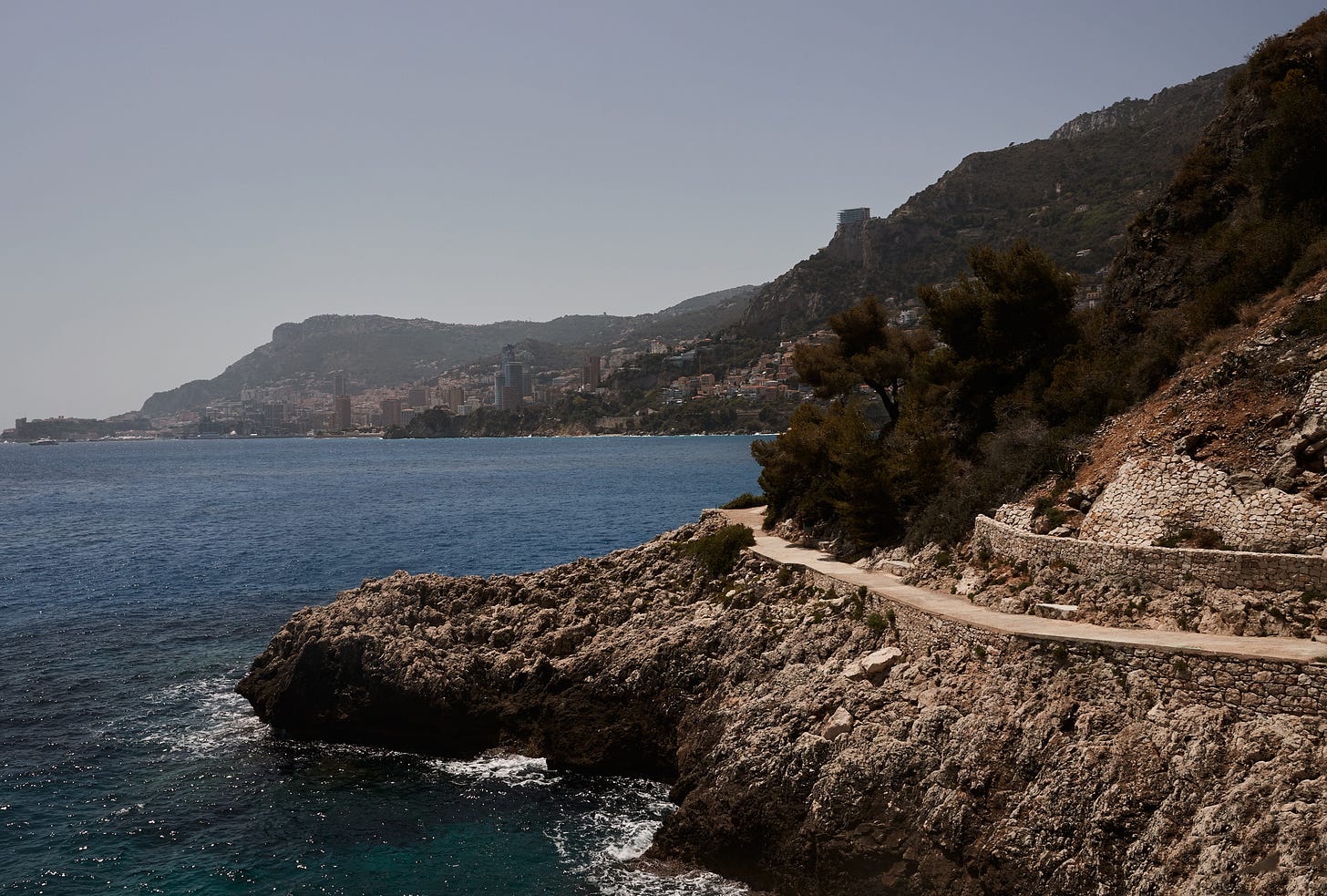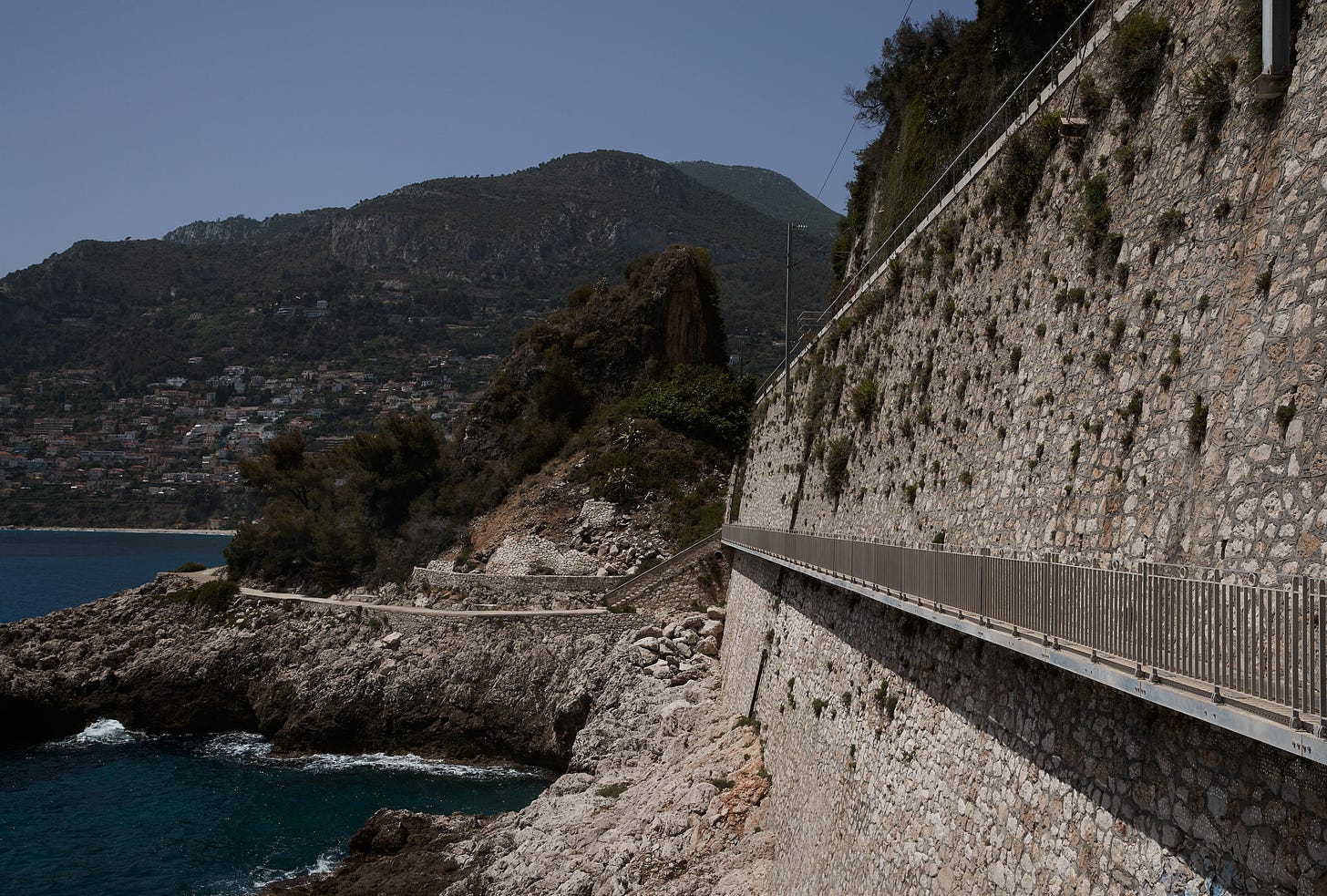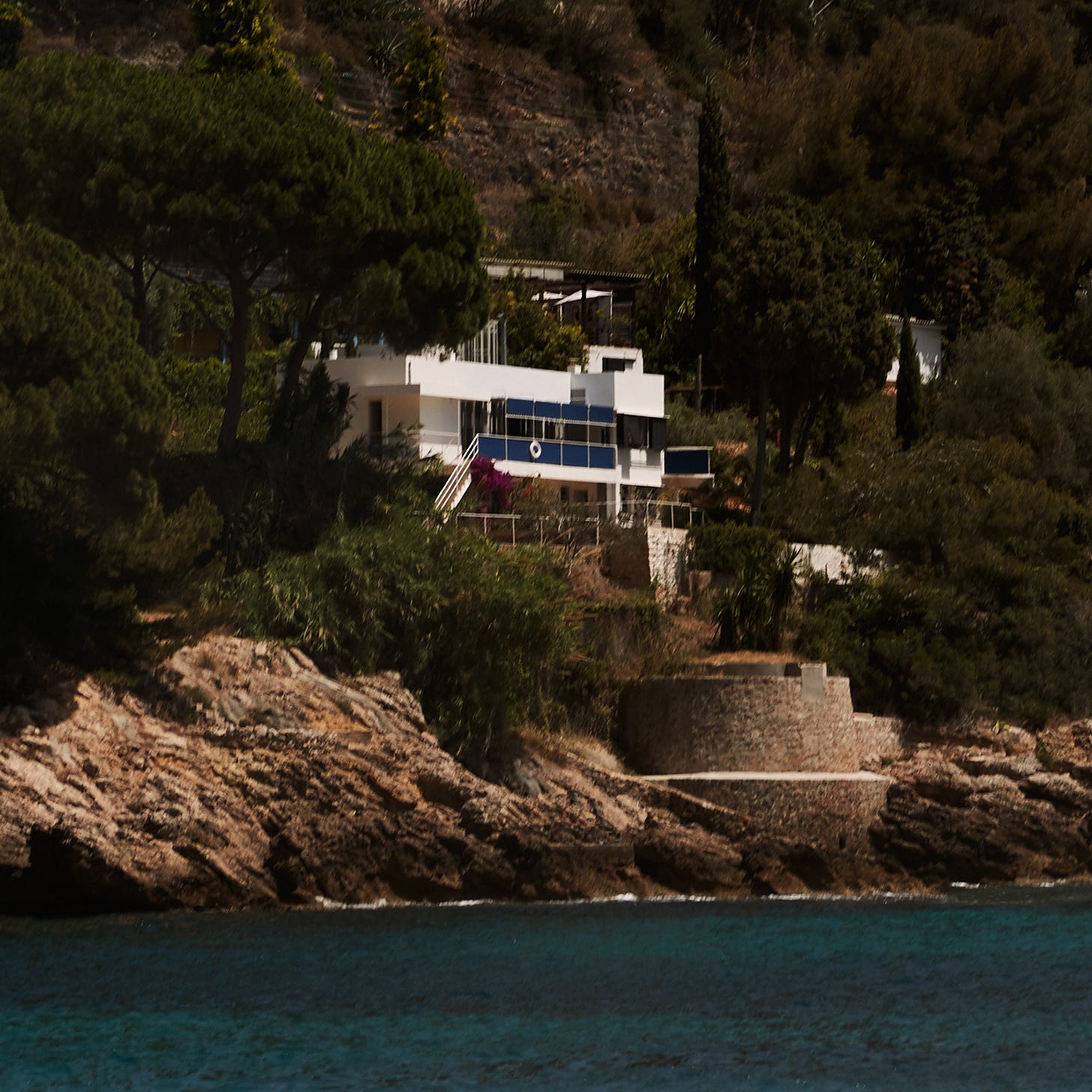When architect and art critic Jean Badovici asked Eileen Gray, artist, designer (and at the time aspiring architect) to design a house with him, she accepted. Badovici was the founder and editor of one of the most influential architectural magazines of the time, Architecture Vivante, in which he regularly proposed many of what came to be considered key tenets of modern architecture. The magazine covered works by the De Stilj and Bauhaus-movements, Le Corbusier, Frank Lloyd Wright, Albert Loos and Walter Gropius, to name a few.
The villa, set to be built by sea in Roquebrune-Cap-Martin, was a joint collaboration. Some scholars have suggested that Badovici and Gray contributed with different ideas and opinions to the project. Badovici, based firmly in the modernist movement, wanted the building to be a manifestation of current design principles. Gray, on the other hand, wanted to make it also a house to be lived in, comfortable and warm.
Work on designing the villa began in 1924, and construction commenced two years later. The intimacy of the project, as they two were not only professionally engaged but also romantically, is evidenced in the name: “E” stands for “Eileen”, “10” and “2” for his initials (JB) while “7” corelates with the alphabetical position of the letter “G” (as in Gray).
Many of Badovici’s ideas are present in the structure: all of Le Corbusier’s “Five points towards a new Architecture” – replacement of ground floor supporting walls by a grid of concrete columns; free design of the ground plan; free design of the façade; horizontal windows and a roof garden – are incorporated in the building design, while the spiral staircase (which runs all the way from the ground up to the roof) is clearly inspired by Vladimir Tatlin’s “Monument to the Third International”.
Efficiency was an ideal at of the modernist movement, a force interlaced with societal developments in areas of industrialization, individualization and the general acceleration of time. At the beginning of the 20th century, the new modern world appeared to many (not least in contrast to the recent World War I) as a kind of liberation from past problems and traumas.
In this new era, things would be simple and effective, yet graceful in its aesthetics. Form would follow function, and decorations that were mere ornamental but without use should not be allowed. It was believed that usefulness had a special beauty of its own.
In 1929, Architecture Vivante dedicated a special issue entirely to E–1027. Badovici and Gray lived together in the house for a few years until 1932, when Gray designed another villa for herself. Badovici kept the house as a vacation spot. Between 1937 and 1939, Le Corbusier, who was also a close friend of Badovici, added frescoes on the walls (much to the irritation of Gray).
Being married to a woman who was originally from Roquebrune-Cap-Martin, Le Corbusier had a particular close relationship with the town, which precedented the connection formed by the Villa E–1027.
In 1949, above the villa, he would go on to decorate the wall of the terrace and the bedrooms of the bar Etoile de Mer, owned by his friend, plumber and fisherman turned bar-owner Thomas Egildo Rebutato (known as Robert). A few years later, in 1956, Le Corbusier built five holiday cabins for Rebutato next to the bar. In exchange, he was given a small adjacent plot of land, where he built his “cabanon”, inspired by his childhood in the Swiss Jura.
After Badovici’s death in 1956, the villa continued to be taken care of, but beginning in the early 1980s, the villa fell into a state of neglect, emptied of its furniture and regularly vandalized. In 1999, it was bought by the Conservatoire du littoral. Today, it is a museum, open to the public for guided visits.
Promenade Le Corbusier
Being close to the ocean engage almost all of the senses – sight, smell, hearing and touch – and this physical immersion can also have beneficial emotional effects as well. On a more esoteric note, staring into the deep blue sea can have calming effects on the mind, as it is an almost meditative experience. Some scientists have suggested that regularly being close to the sea can even temporarily change the frequency of brain waves to match that of the sea.
Perhaps this was part of the reason that Le Corbusier incorporated ocean swimming into his daily routine. However, Le Corbusier’s love for the sea had not been without incidents. In August 1938, outside of Saint-Tropez, he had a dangerous encounter with a boat’s propeller, which he outlined in a letter to his mother:
"After the first turn of the blades, I was thrown out of the circuit and seemed not to have been hurt. I reached the surface, and breathed air. I hadn't swallowed a drop of water. I saw the boat gliding slowly away. I shouted: 'Hey, wait a second, you went right over me, there may be some damage!' Quite automatically my hand went to my right thigh, my arm fitting nicely inside. I looked down: a big area of blood-red water, and half my thigh floating like a ray (the fish!), attached by a narrow strip of flesh: 'throw me a buoy, I’m badly hurt.' The yacht headed toward me, throwing me a sort of rope knot too big to be held in one hand. The side of the yacht was too high for anyone to help me. 'Throw a lifesaver'. It comes, and I sit inside it. And here are some fishermen coming into port; their boat is low, they hold out their hands, and I give them my left hand, because I'm holding my thigh together with my right; we reach the place I started from, on the breakwater; I get up on the jetty; a kind driver appears out of nowhere and helps me sit down beside him. The fisherman gets in the backseat. Hospital. They put me on the table and begin sewing me together. This lasts from six to midnight, in two sessions. I’ve already told you the rest.”
The boat’s propeller had cut lengthwise, rather than across, which gave him a large scar that stayed with him for the rest of his life, but left him without any serious or lasting damage to the nerves.
And even after this close encounter, he continued going for a daily swim whenever he was by the ocean.
In 1965, Le Corbusier was 77 years old. On August 27, he (similar to all other summer days) went for his daily swim by the Buse beach, when unexpectedly he suffered a heart attack and drowned. He received a grand national funeral in the Louvre’s courtyard, orchestrated by the Minister of Culture André Malraux, after which he was buried in Roquebrune, next to his wife, in a grave he designed for the two of them, with a beautiful view of the sea that they both had loved so much.
To commemorate his legacy, the town changed the name of the promenade that stretches from Roquebrune Cap Martin to Menton, from Le sentier des douaniers to Promenade Le Corbusier. The original name refers to how this walk used to be patrolled by customs officers.
If accessing the promenade from Menton, one only has to look for the bust of Le Corbusier: the promenade starts shortly after and follows the curve of Cap Martin. Soon, the skyscrapers of Monaco will become visible. The view is the most dramatic on the western side, and the sea takes on an almost turquoise colour here.
It is advisable to avoid the promenade after lunch in the summer, as the heat will be quite intense. Better to go in the morning, bringing a bottle of water, a swimsuit, a towel and a good book. There are plenty of rocks to sit down, rest, read or go for a swim.
When you reach Roquebrune Cap Martin, you will pass Villa E–1027 as well as the buildings designed by Le Corbusier. Only a few minutes later, you will arrive at an SNCF train station. If you, rather than taking a train somewhere, you prefer to continue walking past the station building, you will find yourself in Monaco.


